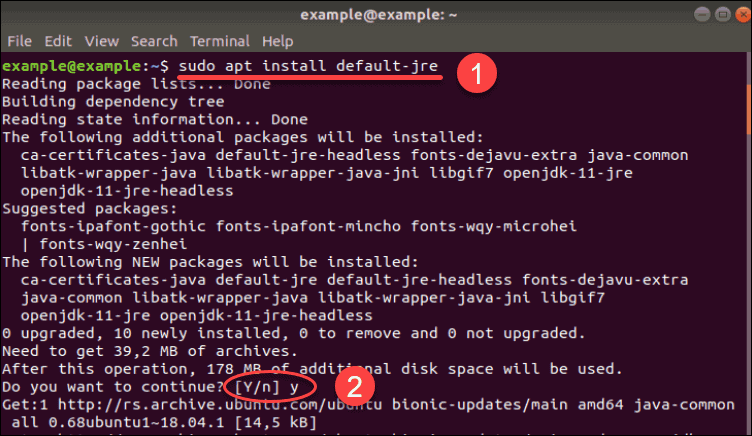

Updates registry keys HKLM\SOFTWARE\JavaSoft\. Update the JAVA_HOME environment variable. For more information, see Download the Microsoft Build of OpenJDK.Ĭhoose the features you want to install from the following table: Feature If you double-click on the MSI file, it will launch the tradition Windows application installer, where you can follow the instructions on the screen.įor widescale deployment, you can install the MSI on the command line using the following steps:ĭownload the.

The MSI installer provides both a graphical and a console-only installation method. If you're on Windows 10 or later, you can use the Windows Package Manager from your Windows Terminal. To install on any version of Windows, you can use the MSI packages or the ZIP package. The following sections provide instructions for these installers. These installers will automatically make the JDK tools available in your PATH.įor Linux, we produce DEB and RPM packages to be used with apt and rpm.

For macOS, we produce a PKG installer with similar features. Native installersįor Windows, we produce an MSI installer with a graphical interface. To install, extract one of these packages in a folder of your choice, then set the JAVA_HOME environment variable to that folder.Īlternately, you can use native installers for your OS of choice, as described in the next section. ZIP and TAR.GZ packagesįor Windows, Linux, and macOS, we produce ZIP (Windows) and TAR.GZ (Linux/macOS) packages. To get the files mentioned in this article, see Download the Microsoft Build of OpenJDK. You will know it is properly installed when you see the 11.įor those that want or need more technical details about installing Java 8 and Java 11 then make sure you read RedHat's excellent blog post about this subject.This article describes how to install the Microsoft Build of OpenJDK. It will output "11.0." or something similar. $ sudo alternatives -config javac #(select the Java 11 option, usually option '2', then hit enter to save)Ĭonfirm the correct Java version is being used by executing java -version. $ sudo alternatives -config java #(select the Java 11 option, usually option '2', then hit enter to save) $ sudo yum -y install java-11-openjdk-devel Stop all processes that use Java before continuing. Most application devs have finally moved on to support the newest 'long-term support' (LTS) version of Java, which is Java 11. Today's article is going ot focus on how to upgrade from Java 8 to Java 11 on CentOS/RHEL 7 and CentOS/RHEL 8 distributions.Įven though it is still widely supported, Java 8 shouldn't be used anymore.


 0 kommentar(er)
0 kommentar(er)
